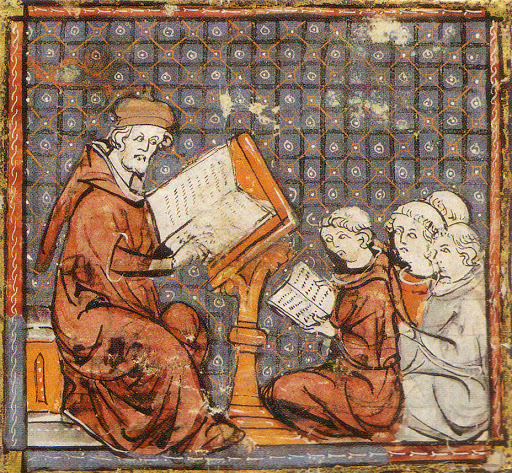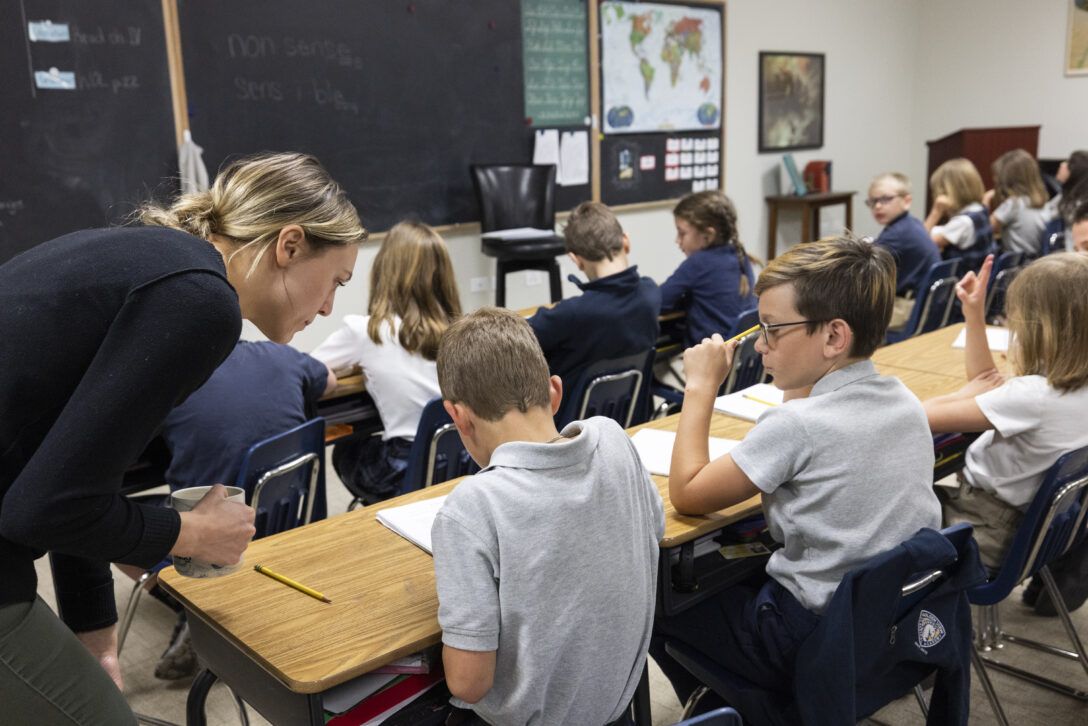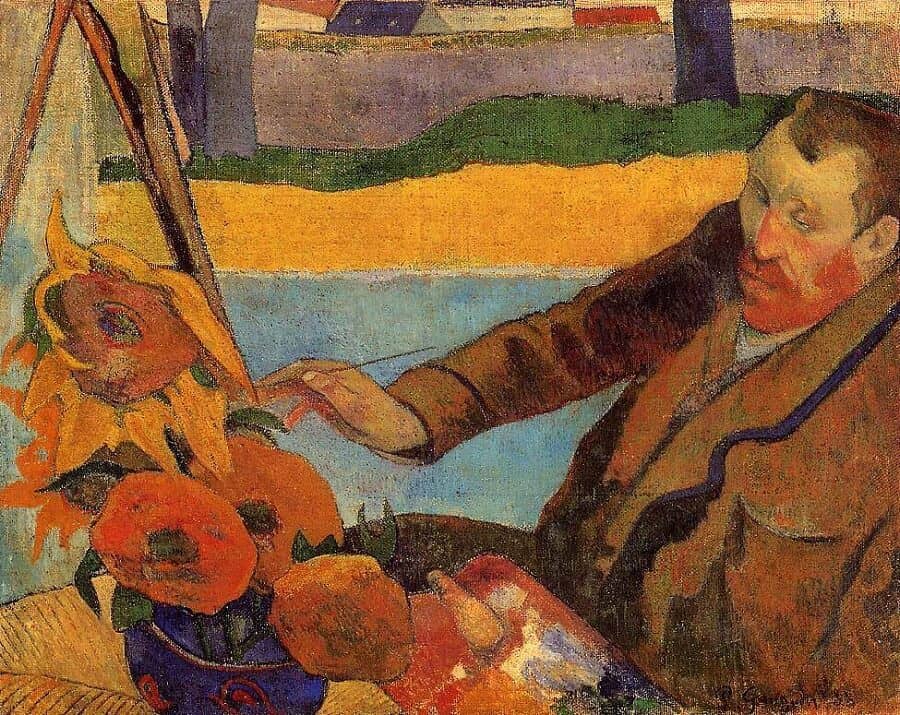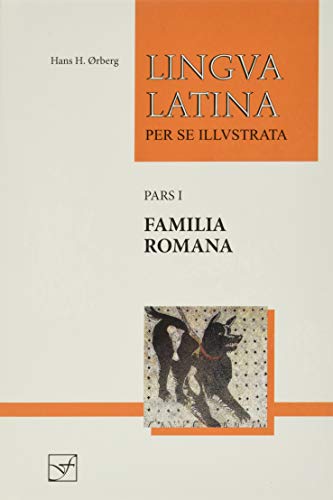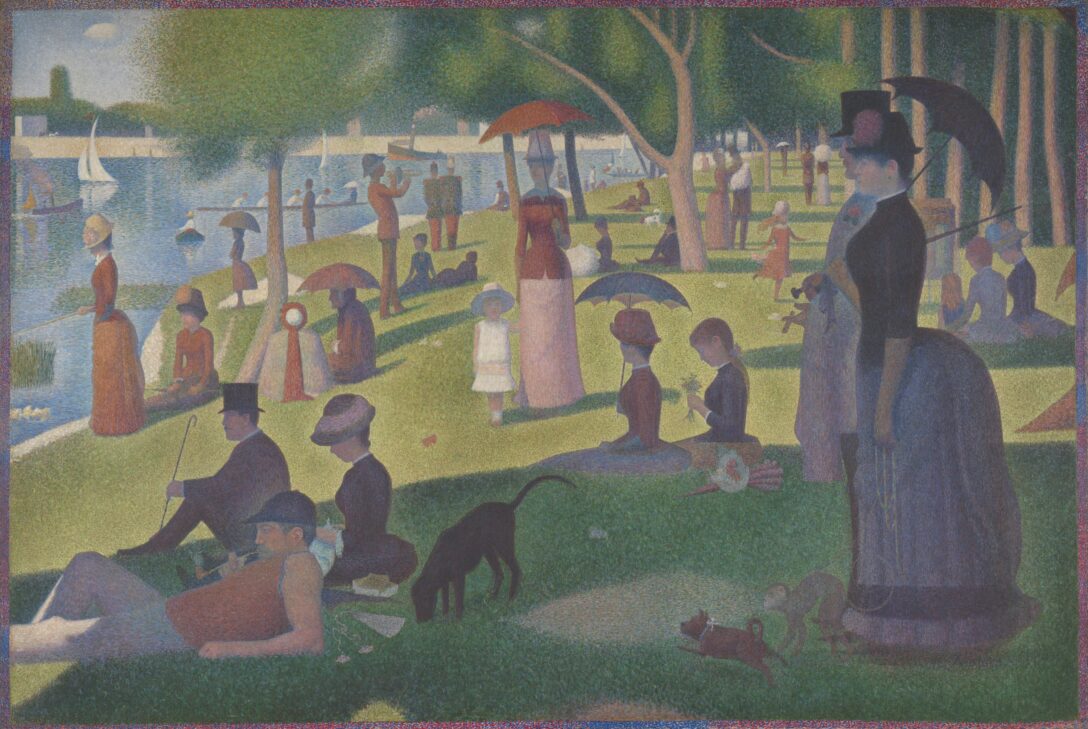
“Who do you all think you are?” I leveled this accusation posed as a question to the first class of 8th graders I ever taught during the first semester of the first year of my teaching career. The recollection of this moment still makes my stomach twist and starts me muttering “what was I thinking?” and “you truly were an idiot, Ian…” What was the sin committed by this hapless group of barely-teenagers to elicit such a withering opening line, delivered with a look of utter contempt, and followed by an equally vitriolic monologue?…

